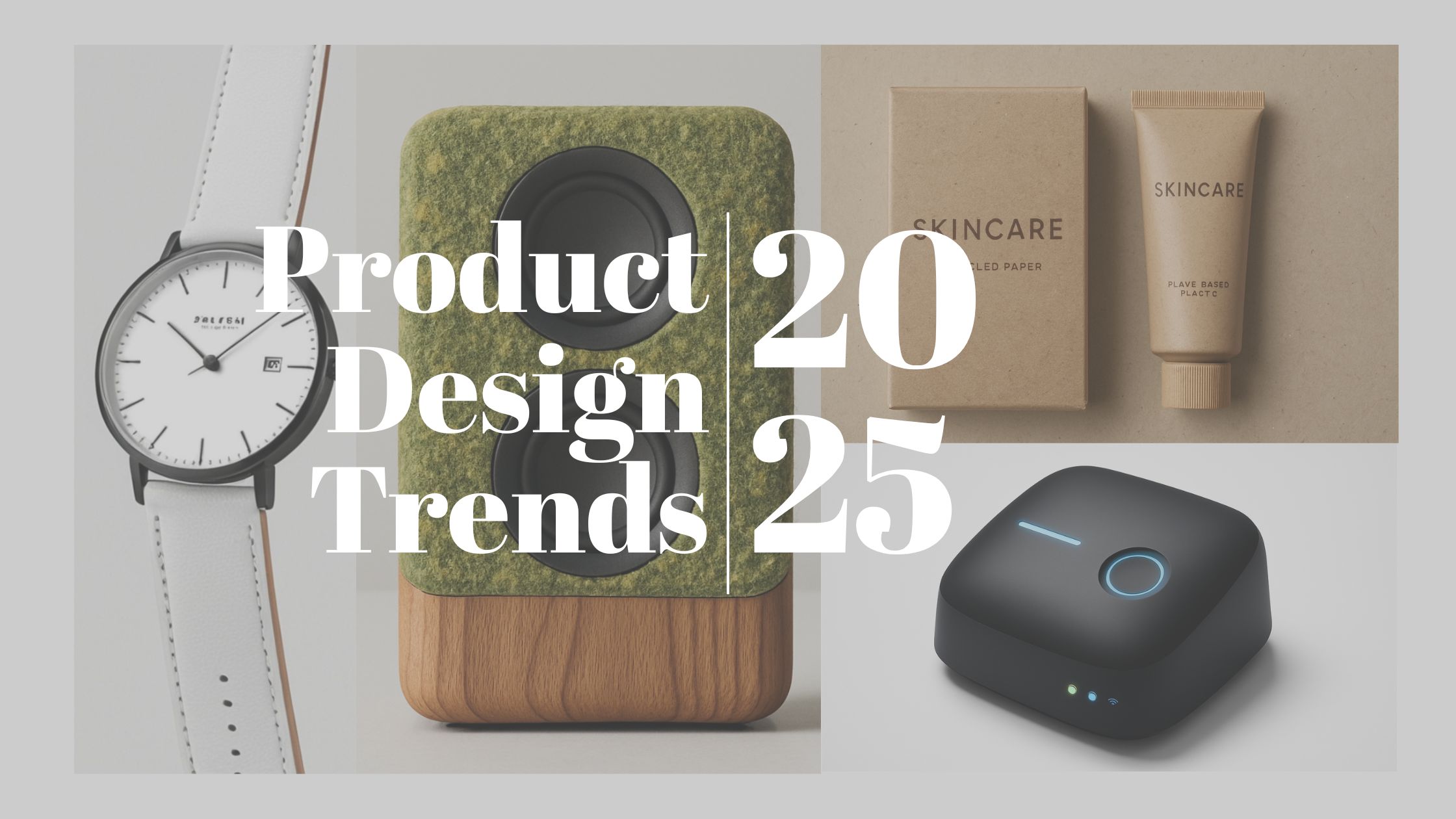

Saba Sohail
Fri Jul 25 2025
6 mins Read
Product design is undergoing a transformation across industries. What was once a linear process involving sketchbooks and CAD files is now a more fluid, tech-driven loop — where iteration is faster, insights are real-time, and expectations are higher than ever.
Product Design Trends
If you're an industrial product designer, here are 11 product design trends worth watching:
1. AI-Powered Product Design
AI product design tools have moved from being a novelty to a standard part of the industrial designer’s toolkit. A recent survey by Deloitte found that 72% of product design teams have either integrated or are actively exploring AI tools to streamline workflows — from sketching to material simulation.
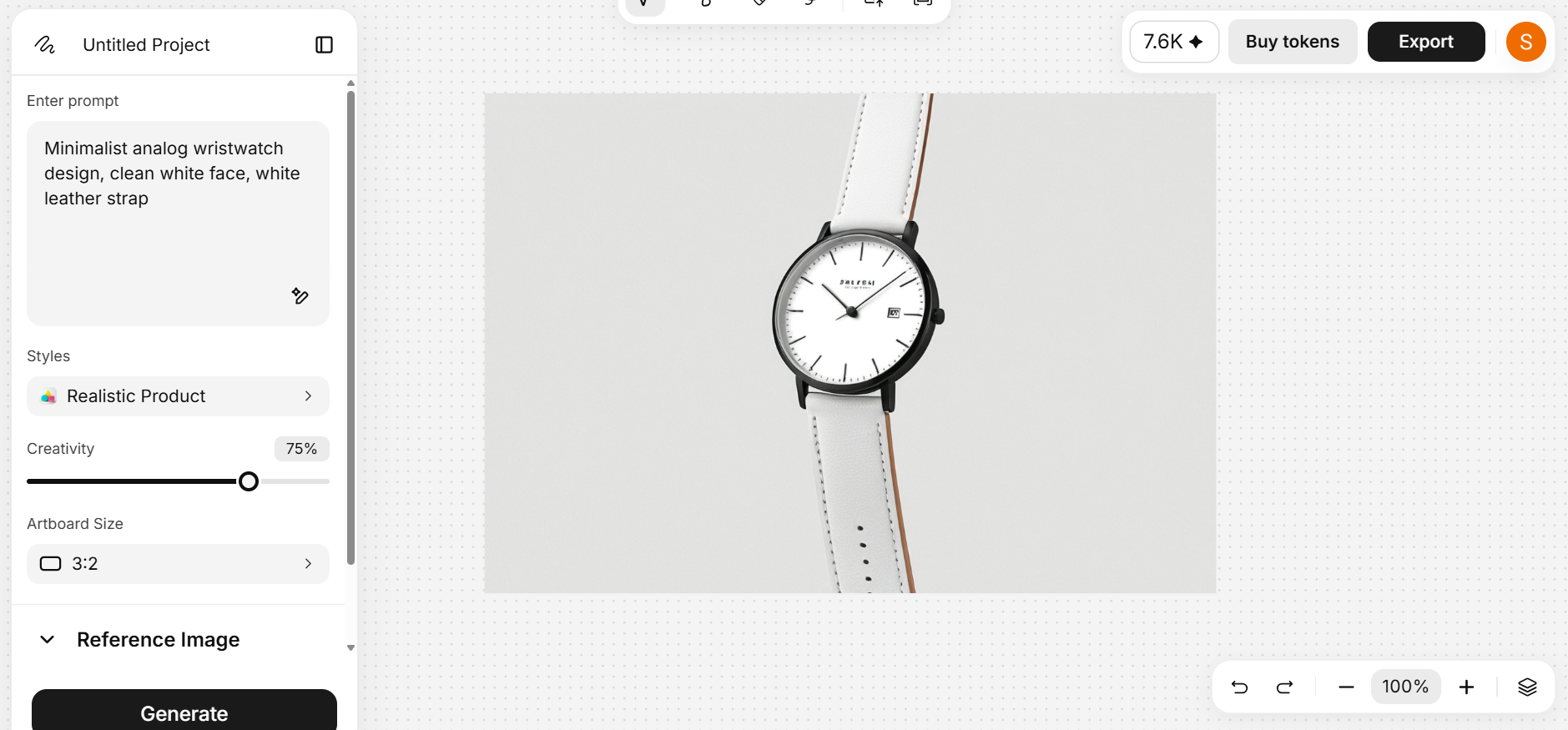 Product Sketch and Render in Ideate AI
Product Sketch and Render in Ideate AI
With these sketch to render tools, industrial and product designers are amplifying, and even scaling their product iterations — and basing most of their early-stage decisions on these iterations.
Technical to non-technical members of product teams can now generate dozens of variations from a single concept:
- swapping materials
- transfering styles
- refining shape language
And all that within hours, instead of weeks.
Recommended Read: How to use AI for product design
For product startups, tools like Ideate mean validating ideas visually without needing a full render pipeline.
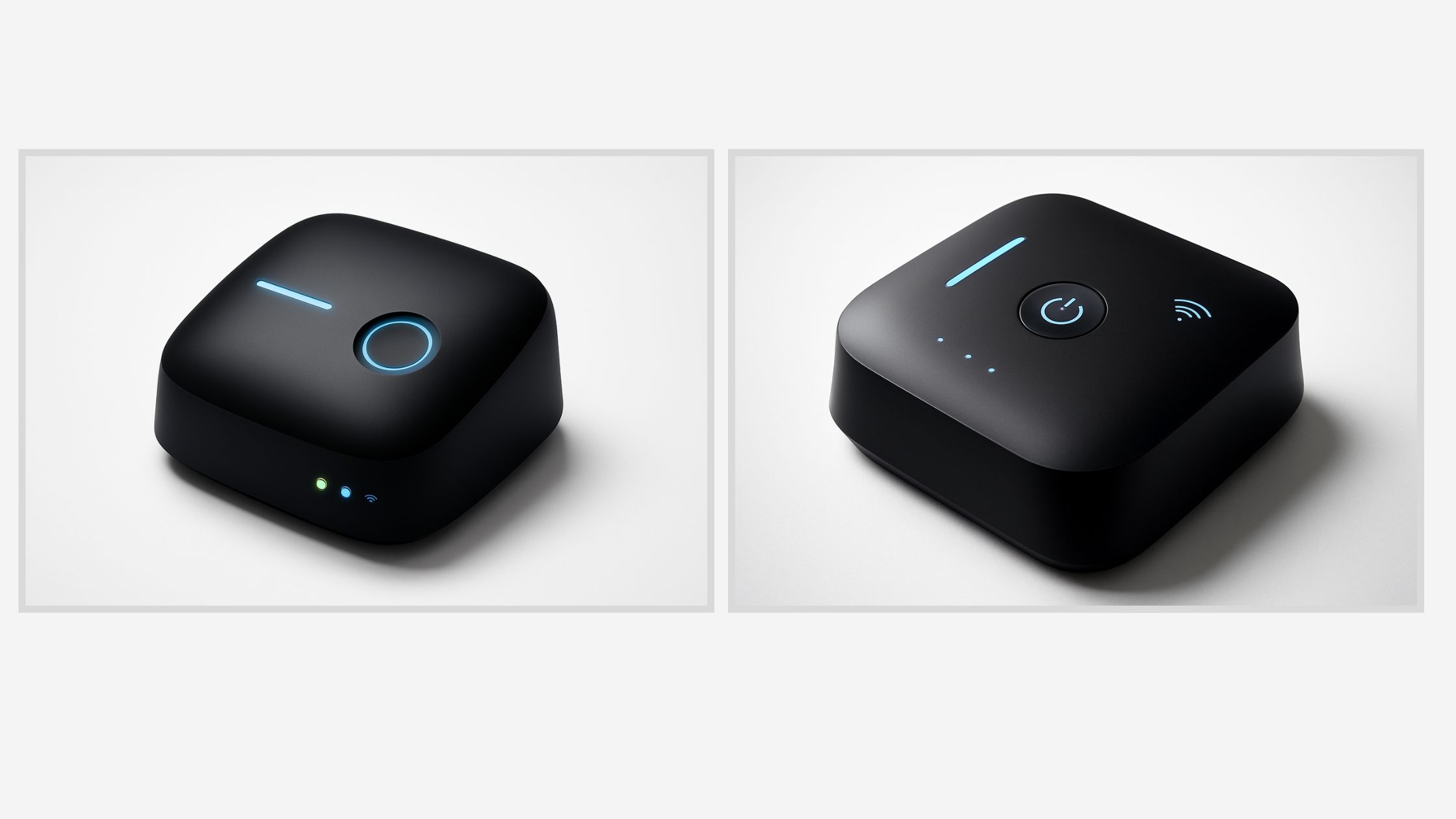 Product Iterations with AI
Product Iterations with AI
For established brands, it’s about speeding up workflows without compromising on fidelity.
Ready to design with Ideate AI?
2. Sustainable Materials and Eco-Conscious Design
Sustainability is now embedded in the design brief, for any product you visualize.
Over 65% of global consumers now say they prefer to buy from brands that prioritize sustainable design, which has pushing companies to rethink materials, packaging, and product lifecycles.
From consumer electronics to homeware, stakeholders have started to demand transparency on materials, lifecycle, and impact.
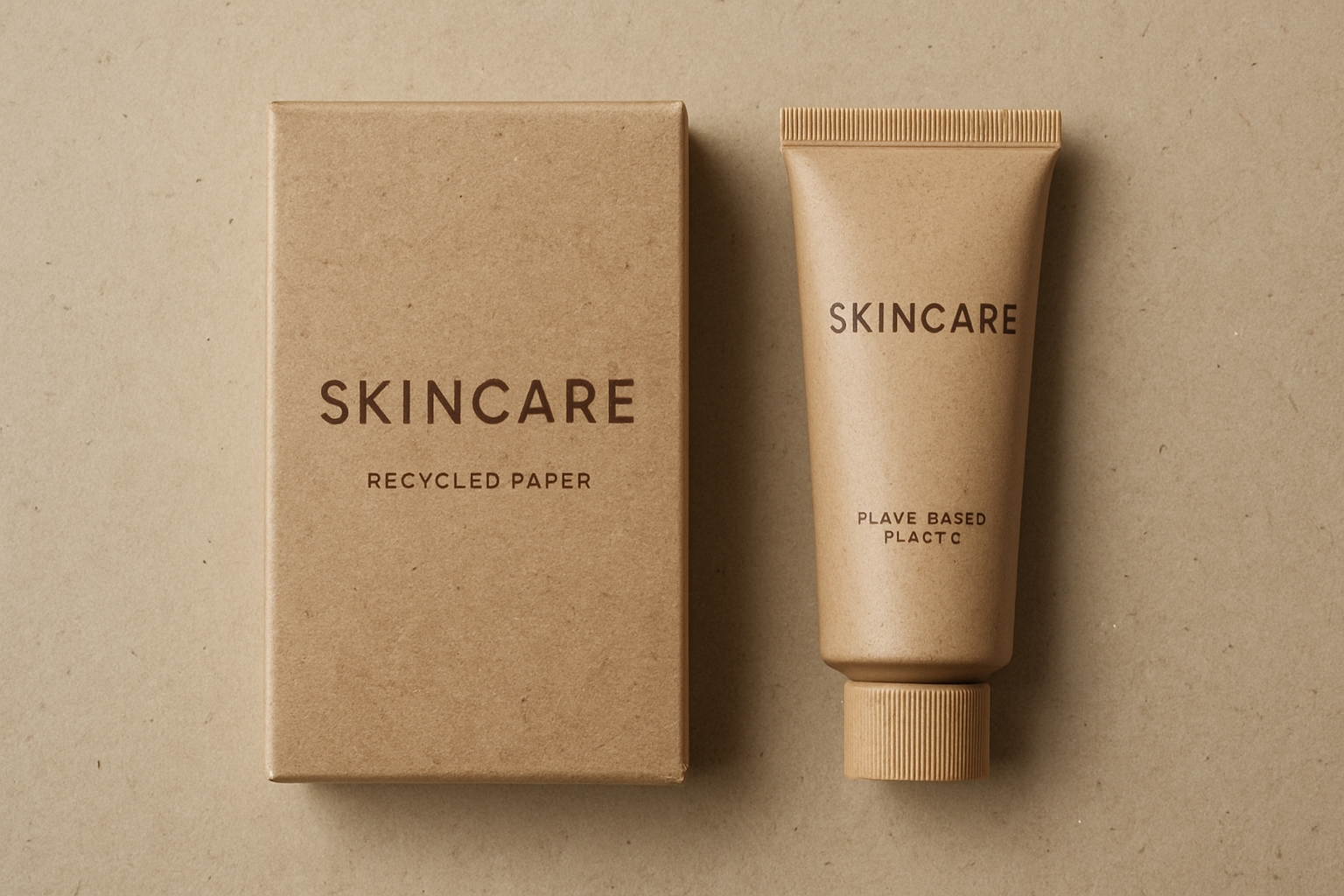 2. Sustainable Packaging
2. Sustainable Packaging
Product designers are seeing a shift toward recyclable composites, bio-based plastics, and even lab-grown materials.
Circular design principles, like designing for disassembly or modular upgrade paths, are the new norm.
So in 2025, product design has a lot to do meeting environmental benchmarks without sacrificing performance or aesthetics.
3. Personalization at Scale
Mass ideation to mass production is giving way to mass personalization.
Yes, because customer data is now more accessible than ever, product teams are tapping into AI to deliver configurable experiences.
Take examples from shoe fits and frame colors to ergonomic form factors, everything is based on user data.
- In fashion, this might look like on-demand color variants.
- In consumer tech, it’s about modular hardware that adapts to user needs.
Tools like parametric design software and AI visualizers are making it easier to generate variations without starting from scratch every time.
4. Calm tech is trending!
The minimalist wave continues in 2025, and will grow in 2026, but with a functional twist.
Products are shedding visual noise in favor of clarity and utility.
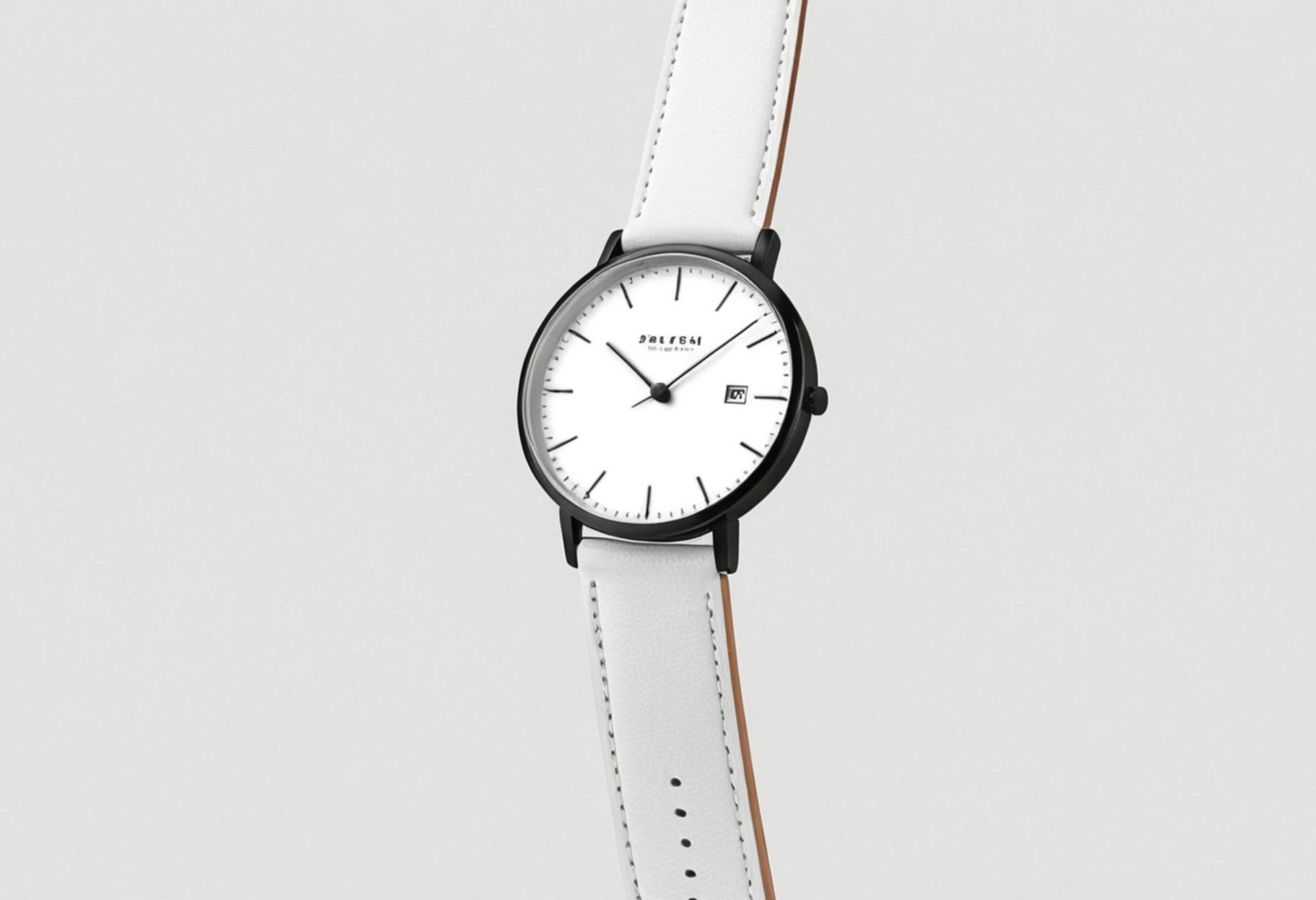 4. Minimalist Product Design
4. Minimalist Product Design
Form is still beautiful, but it’s now deeply tied to function.
We’re seeing less ornamental design and more refinement in interaction, texture, and accessibility.
Think hidden seams, touch-based inputs, and intuitive affordances that don’t announce themselves loudly.
Brands are leaning into what some call “calm tech”, this is design that gets out of the way, while still delivering a premium experience.
5. Bio-Inspired and Organic Forms
Nature remains one of the strongest sources of inspiration, but now we’re going deeper than surface-level biomimicry.
Designers are borrowing structural logic from biology: branching systems, cellular geometry, fluid ergonomics.
 5. Nature Inspired Product Designs
5. Nature Inspired Product Designs
These approaches result in lighter, stronger, and more intuitive products.
You’ll see it in the curved seating of modern furniture, the exoskeletal forms of performance footwear, and even in packaging that flexes and folds like leaves or shells.
When combined with generative design tools, these forms are no longer just aesthetic — they’re functional optimizations.
6. Soft-Tech Aesthetics
Hard edges are out, and softness is in. Across consumer electronics, furniture, and wearables, we’re seeing an embrace of rounded forms, soft-touch materials, and finishes that invite interaction.
This is more about ‘tactility’ and less about looks!
In an age of glass and metal overload, your users are definitely craving products that feel warm, safe, and human.
So, product designers almost everywhere are now responding with silicone accents, rubberized coatings, textile integrations, and edge radii that suggest approachability.
It’s a subtle shift that changes how products are perceived at first touch.
7. Cross-Disciplinary Design Language
The borders between product design, fashion, architecture, and UI/UX are becoming more porous. According to CareerFoundry’s industry watchlist, 1 in 4 product designers now work on projects that blend digital UX, hardware design, and branding
We’re seeing sneaker designers borrow from automotive design.
Consumer tech is starting to look more like high fashion.
Furniture brands are adopting interaction patterns from digital interfaces.
This cross-pollination is giving rise to hybrid design languages: brutalist headphones, Bauhaus-inspired phone cases, or home appliances with apparel-like seams.
That’s how the best design teams in 2025 aren’t siloed; they are pulling inspiration from everywhere.
8. 3D Printing and On-Demand Manufacturing
Additive manufacturing is finally breaking through its prototyping cage.
As materials improve and costs drop, we’re seeing more end-use parts being 3D printed — especially for short-run production, limited-edition products, or custom-fit items. From dental devices to bike parts to furniture joints, 3D printing is enabling a new level of agility in product development.
For designers, this means designing with manufacturing flexibility in mind — using forms and geometries that wouldn’t have been possible (or affordable) a few years ago.
9. Transparency and Design Ethics
2025 is a year of reckoning for design ethics.
Consumers want to know what’s inside the product, how it was made, and what it’s doing with their data.
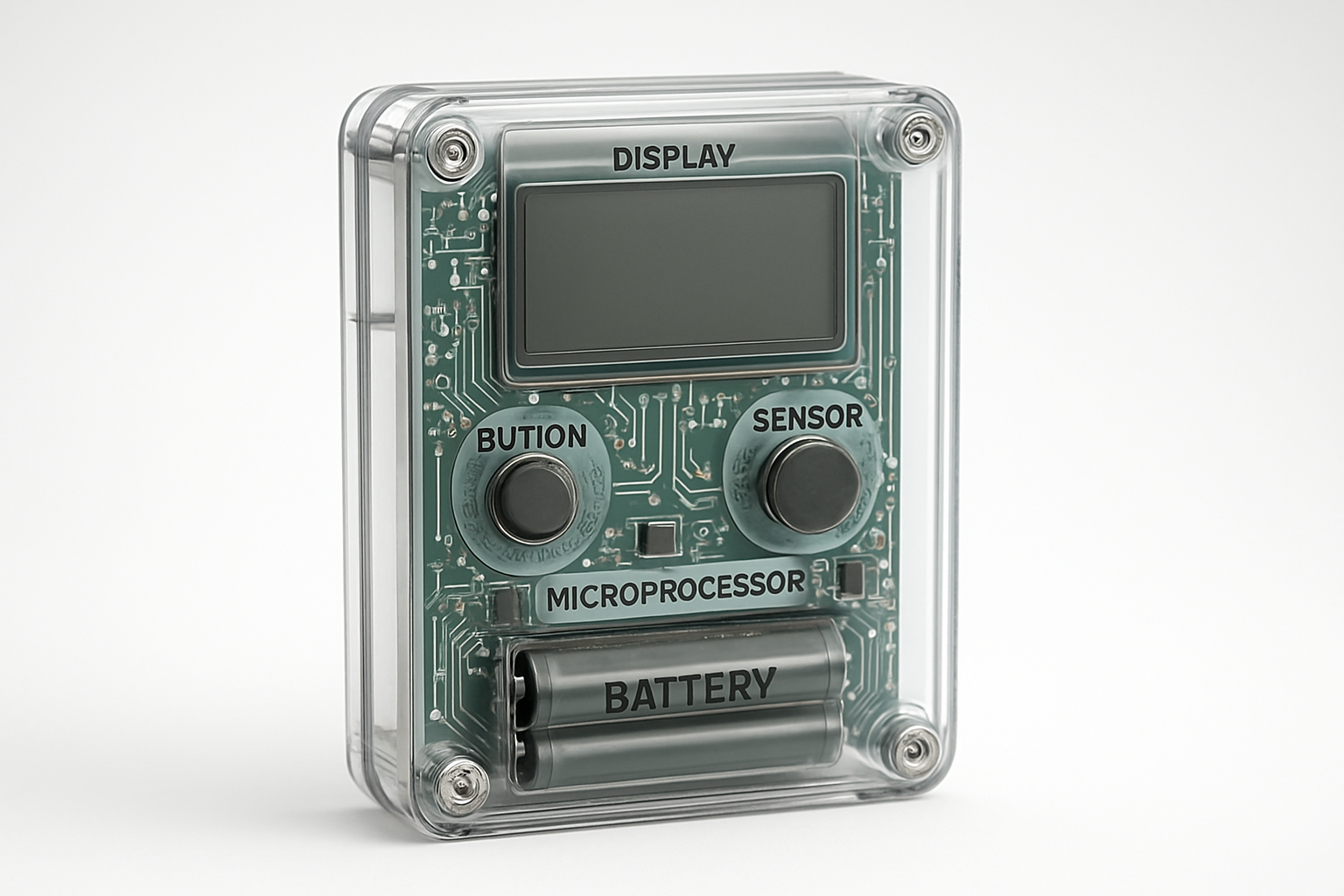 9. Transparency in Product Design
9. Transparency in Product Design
Designers have to now make ‘visibility’ part of the product experience.
This goes beyond labeling. You have to show battery health on packaging, making repairability intuitive, and giving users control over personalization data.
It’s a move toward trust by design where transparency is a feature.
10. Designing for Repair and Modularity
Modular design is making a comeback, driven by both regulation and user demand.
From swappable batteries, magnetic connections, to screwless enclosures designed for tool-free access, 2025’s products are being built to last, and get easily repaired.
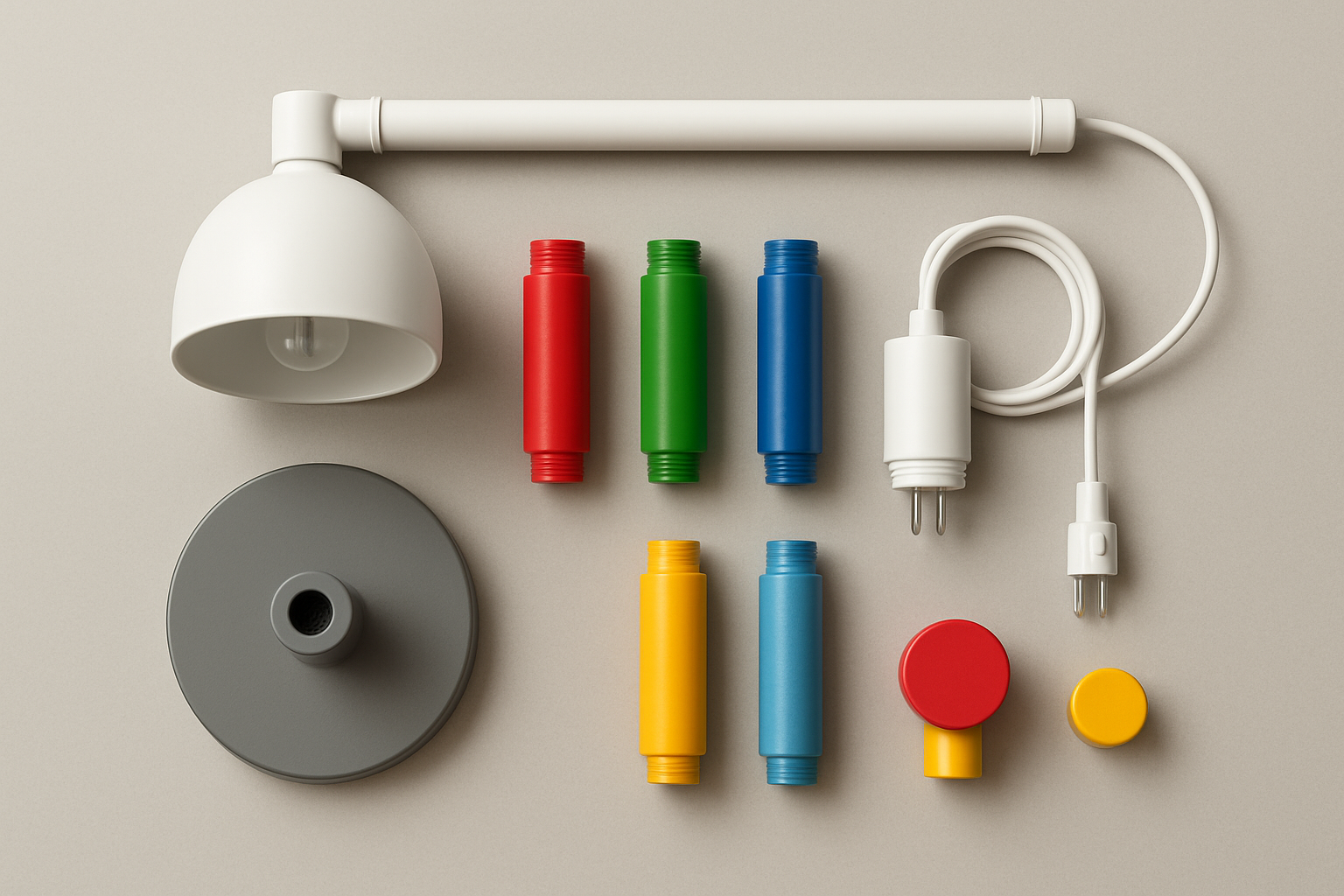 10. Modular Product Designs
10. Modular Product Designs
For designers, manufacturers and even engineers, this means thinking in parts and systems, not just holistic objects.
The goal isn’t just sustainability — it’s long-term brand loyalty.
Products that evolve with the user earn their place in people’s lives far longer than sealed, disposable gadgets.
11. Neuroaesthetics and Sensory-Driven Design
In 2025, good design speaks to the senses.
As neuroscience research bleeds into product strategy, we’re seeing a new focus on how products feel emotionally and physically.
Designers are incorporating sensory cues — texture, temperature, sound, even scent — to deepen user connection.
The result is more immersive, emotionally resonant experiences. For example:
- a charging cable that feels silk-wrapped
- a coffee machine that hums with calming low-frequency tones
- a toothbrush with subtle vibration patterns that signal clean completion
Sketch Faster and Smarter with Ideate AI
When exploring new product ideas or refining an existing concept for launch, Ideate helps you turn clean sketches into polished renders in minutes, with speed, precision, and creative flexibility. Start sketching smarter today and bring your product ideas to life with AI.

Saba Sohail
Saba Sohail is a Generative Engine Optimization and SaaS marketing specialist working in automation, product research and user acquisition. She strongly focuses on AI-powered speed, scale and structure for B2C and B2B teams. At ImagineArt, she develops use cases of AI Creative Suite for creative agencies and product marketing teams.